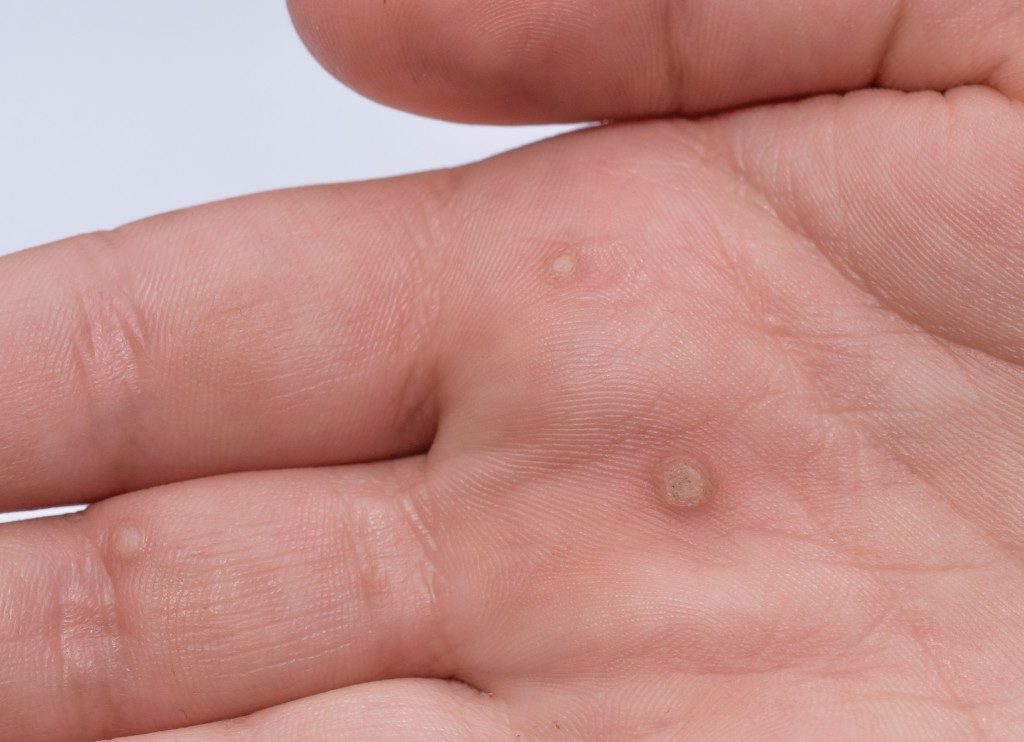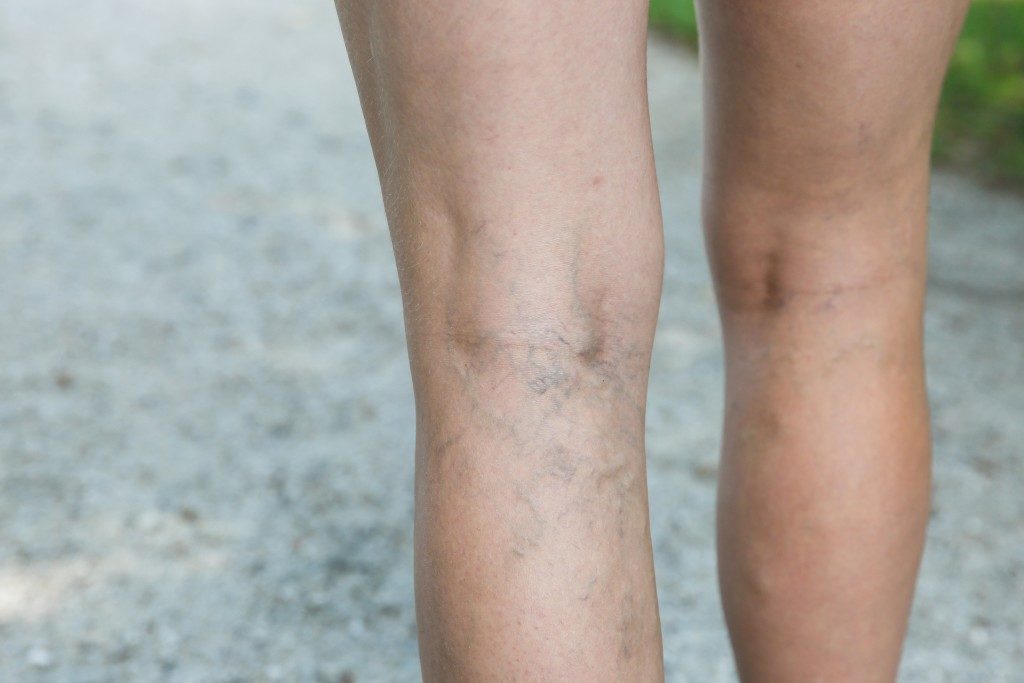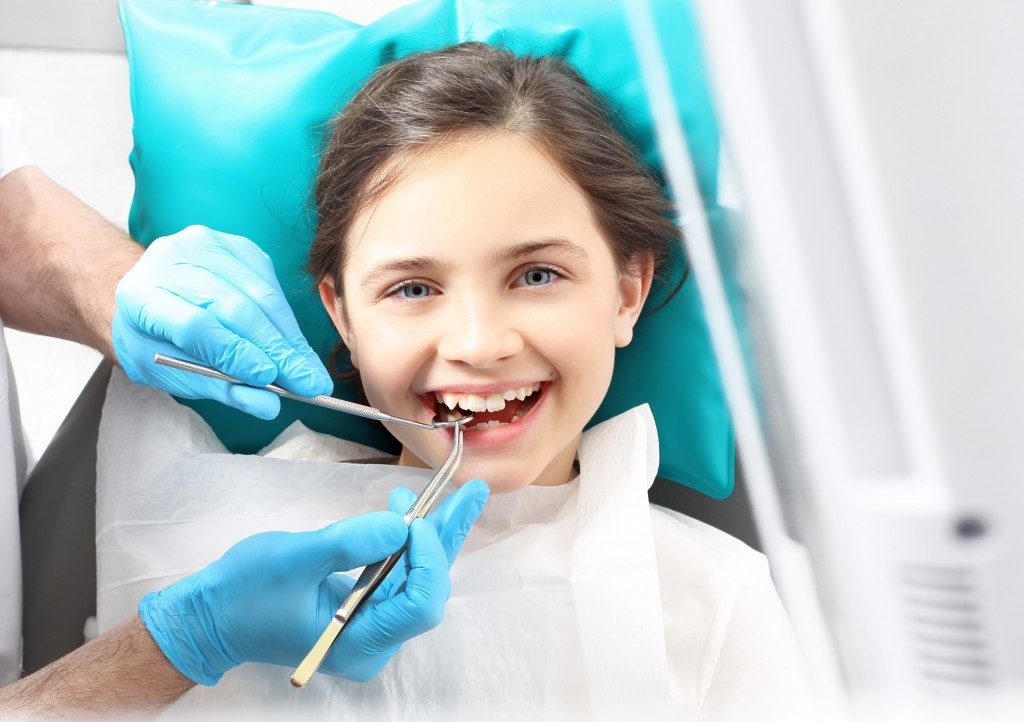Humans have been getting warts for thousands of years now. Warts are basically bumps on the skin that are raised and caused by human papillomavirus (HPV). While they are not really harmful, they are contagious, sometimes embarrassing, and downright unsightly. In some cases, warts can also be extremely painful.
Different Kinds of Warts
There are five primary kinds of warts, with each one appearing on a different body part and having a distinct appearance. These include the following:
-
- Common Warts – These typically appear on toes and fingers, but they can also grow anywhere. They look grainy and rough with rounded tops, and are grayer than the skin surrounding them.
- Flat Warts – These usually develop on the arms, thighs and face. They are very tiny, pinkish, yellowish or brownish, and have flat tops.
- Plantar Warts – These appear on the soles and unlike other kinds of warts, these grow into the skin instead of out. You could easily determine if you have plantar warts if you see small holes in your sole that is surrounded by hard, scaly skin. Walking can be uncomfortable if you have plantar warts.
- Periungual Warts – These appear around and under the fingernails and toenails, impact the growth of nails, and could be extremely painful.
- Filiform Warts – These develop around the nose or mouth and in some cases, under the chin and on the neck. They are small, have the same color as that of the skin, and are shaped like a skin tag or tiny flap.
Vital Information on Genital Warts
HPV comes in more than a hundred strains that cause warts, and most of them result in fairly harmless or benign warts that develop on the feet or hands. However, some HPV strains result in warts to appear around, in and on the genitals.
In females, these warts, commonly known as genital warts, could develop into cervical cancer over time, which is a potentially life-threatening disease. With that said, if you suspect that you have been exposed to genital warts or have them, consult a doctor as soon as possible.
Can You Get Rid of Warts on Your Own?
While warts typically go away without treatment, some are very uncomfortable and unsightly that you may want to treat them on your own. Fortunately, plenty of warts can be treated with treatments you can buy at your local drugstore, including duct tape (yes, duct tape!), salicylic acid and freezing kits.
Should You Go to a Doctor for Wart Removal?
You need to consult your local dermatologist in Utah if:
-
- The wart is extremely painful
- There are infection signs or bleeding
- The wart is located in a sensitive body part like your face, genitals, nostrils or mouth
- You have diabetes or some other kind of immune deficiency like AIDS/HIV
- You notice the color of your wart changing
Depending on the severity and what kind of wart you have, treatment could include cryotherapy, excision, curettage and electrosurgery, cantharidin, chemical peel, or laser therapy.
Yes, warts are fairly common, but they can be painful, uncomfortable, embarrassing and sometimes fatal. They might disappear on their own, but if they do not, your best bet is to consult a doctor for professional evaluation and treatment.




